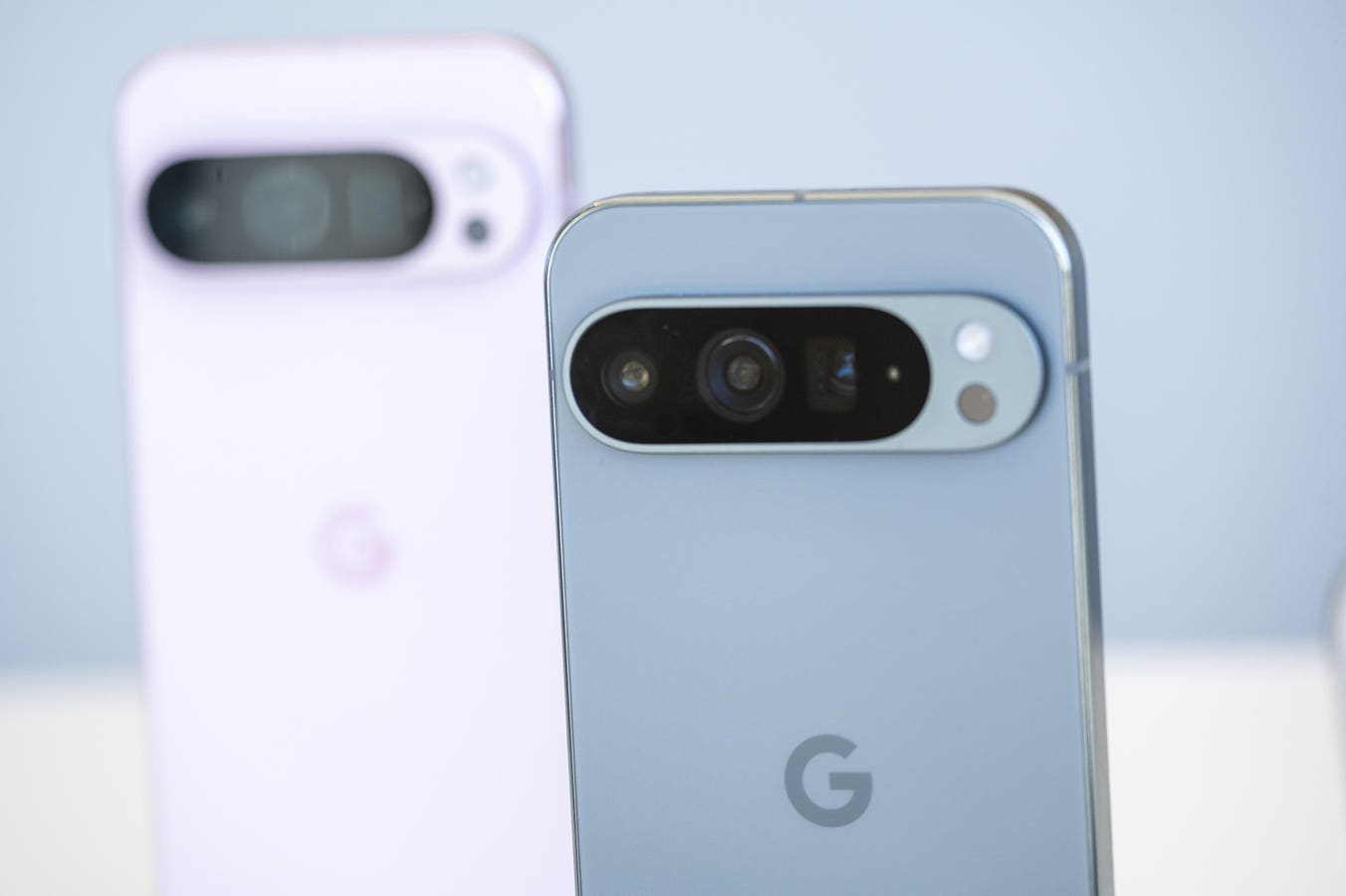Eli Lilly’s oral pill for weight loss and diabetes demonstrated success in another late-stage clinical trial.
getty
The pharmaceutical giant Eli Lilly announced last week that its investigational drug, orforglipron, proved effective in a third late-stage clinical trial. The once-daily pill helps patients with obesity and type 2 diabetes lose weight and lower their blood sugar levels. Still, challenges remain, which include relatively high discontinuation rates that appear to be the result of adverse side effects, as well as questions pertaining to pricing and insurance coverage once the product is approved by the Food and Drug Administration.
The highest dose of orforglipron helped patients lose on average 10.5% of their weight, or 22.9 pounds, on average at 72 weeks, compared to 2.2% weight loss among those who took a placebo. By comparison, Novo Nordisk’s investigational oral semaglutide led to 7.3% weight loss in a similar cohort of patients. Notably, the weight loss measured for both investigational therapeutics was less than rates observed for patients treated with available sub-cutaneous injectable options.
Orforglipron met the trial’s other goals of reducing patients’ hemoglobin A1c, a measure of blood sugar levels. By the end of the study, most patients no longer met the criteria for type 2 diabetes based on that metric.
With the fresh clinical data at their disposal, the drug’s sponsor can start filing for marketing authorization. Eli Lilly expects to launch the medicine around the world around this time next year.
During the clinical trial, the observed side effects were mainly gastrointestinal, such as nausea and vomiting. An estimated 23.1% of those who took the highest dose experienced vomiting, while 36.4% and 27.4% had nausea and diarrhea, respectively. The percentage of participants experiencing vomiting is higher than what has been reported for the injectables, both in trials and real-world settings. This may explain the comparatively high discontinuation rate of 10.6% for those on the highest dose of orforglipron, a higher figure than the 7% observed for the investigational oral semaglutide. Based on what’s been shown regarding patient persistence on approved GLP-1s, real-world discontinuation rates will likely be higher.
Injectable glucagon-like peptide-1 agonists, or GLP-1s, began as diabetes medications. They’ve since become popular as drugs indicated for obesity. Taken in accordance with the instructions on the label and an appropriate diet and exercise regimen, GLP-1s are effective at lowering a person’s weight. Nonetheless, insurers in the commercial and public sectors have been reluctant to reimburse them as obesity medications. Policy analysts cite a number of reasons for payers holding back, including cost.
A looming issue therefore for payers and patients will be pricing of the oral GLP-1 orforglipron. Nothing is known at this time about how much it will cost, or what the price will be of a competing oral agent in development that is made by Novo Nordisk.
Investment analysts expect production costs of orforglipron to be 30 to 50% lower than injectables. This could allow for lower prices. A 30-day supply of the injectables Zepbound (tirzepatide) and Wegovy (semaglutide) has a list price of roughly $1,000 per month. Direct-to-consumer options are available for less, including ones offered by the makers of the products for $499 a month, after a starter dose of $349. With insurance coverage, patient co-payments are generally under $100 a month.
Perhaps Eli Lilly and Novo Nordisk would opt for the direct-to-consumer route, as they’ve already partly done for their injectables. Regardless, getting the price right will be critical to expanding access.
If approved by the FDA, orforglipron will offer a needle-free alternative. The convenience of oral tablets may matter to patients who sometimes avoid injectables out of aversion to needles. More convenient pills could boost supply for the treatments as manufacturing and storage are easier. And orforglipron comes with an added advantage of having no dietary restrictions compared to other oral GLP-1s.
There is one semaglutide-based pill currently available. It’s called Rybelsus and was first approved in 2019. It’s used for type 2 diabetes and has a recently approved cardiovascular label extension, and one oral semaglutide product in development for obesity and cardiovascular risk reduction. But both medicines have dietary rules. To illustrate, Rybelsus needs to be taken on an empty stomach with no more than four ounces of water first thing in the morning. The patient should then wait at least 30 minutes to eat, drink or take other medicines.
Some experts see a place for pill formulations of GLP-1s as maintenance treatment for patients to switch to once they’ve reached a target weight or blood sugar level on injectable versions.









